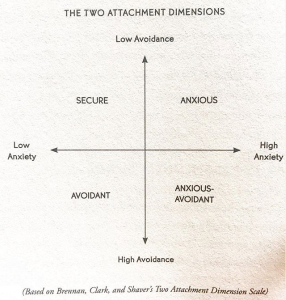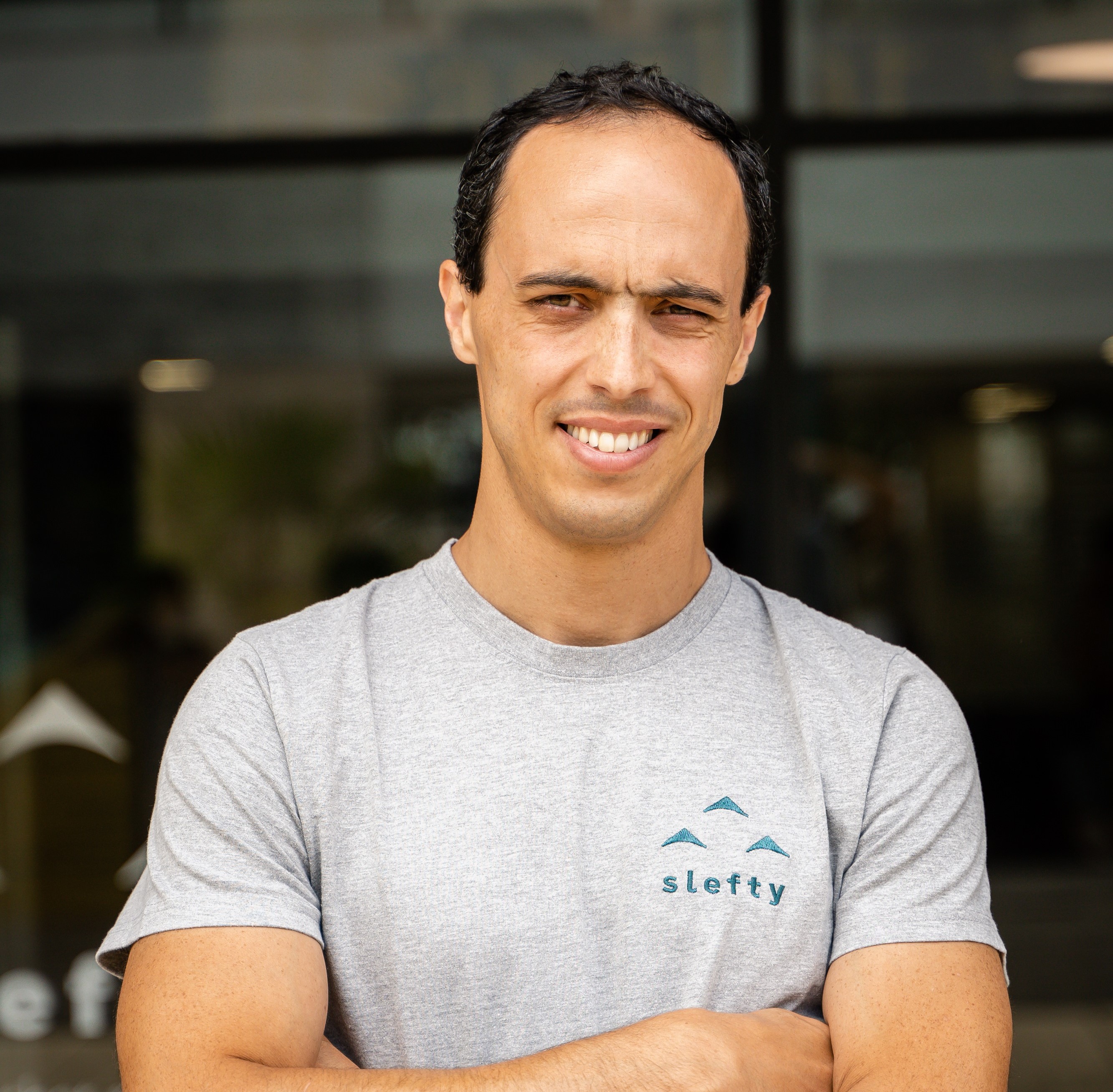It is amazing how some of the basic things that define our relationships as adults come from our growth as children and the affections we had as children. Our first experiences with the people who cared for us define our emotional relationships in the long term, which then change throughout childhood and adolescence. The explanation for some people’s temperament can be explained by stressful situations or unpredictable behavior of their caregivers during the first years of life.
In general, there are 3 types of emotional connections: secure, anxious and avoidant.
- Secure – The person is able to have a secure relationship, with reasonable boundaries, feeling more secure, stable and satisfied. We can feel satisfaction, comfort and emotional balance while transmitting our support and feeling comfortable in showing our feelings, needs and ambition.
- Anxious – People with this type of relationship are generally anxious, have a lack of self-esteem and permanent doubt in everything they do. For these people, being in a relationship can consume a large part of their lives, and they demand a lot from their partners, using control strategies to be closer to them. They have great difficulty in feeling trust in their partner.
- Avoidant – Avoidant people tend to be very unconcerned about the relationship, avoiding closeness or intimacy. These people generally feel that they do not need partners and tend to have short-term relationships rather than long-term ones.
The 3 types of emotional attachments above, as well as some variations on them, are explained by our early years of life and our relationships during our development. Some of the situations that can lead to insecure emotional attachments are the existence of depression by caregivers, the consumption of addictive substances, the experience of trauma, the absence of caregivers or their inconsistency, or physical or emotional neglect. But our childhood relationships do not only affect our future relationships.

The types of emotional attachments that people present in adults are related to some biomarkers of immunity. People in avoidant relationships tend to have higher levels of pro-inflammatory interleukins when they react to an external stressful environment, while people in anxious relationships tend to have higher levels of cortisol in their bodies (a stress response hormone).
The three types of emotional attachments are also expressed by children from an early age. When a caregiver leaves the child and the child experiences discomfort when they leave and joy when they return, this is likely to translate into a secure attachment. When there is great discomfort when they leave and rejection when they return, this may be a sign of an anxious attachment. When the caregiver’s departure does not cause discomfort in the child, it is possible that we are dealing with an avoidant attachment.
To create a secure base for a child, we need to have a secure base with our partner, someone we can be safe in and trust when we need it.
When we are in an insecure relationship, we experience a chronic feeling of restlessness and tension that leaves us more exposed to various illnesses. Not only is our emotional well-being sacrificed when we are in an insecure romantic partnership, but so is our health. This means that our partner also influences how we can show up and be in this world, there is no way around it. The degree to which we believe in ourselves and the degree to which we can pursue our dreams and hopes is influenced by our partner. Having a partner who is always available and who can provide us with a secure base can give us a healthier and happier life.
People who have insecure attachments and stay together does not mean that they cannot have happy times together, but it does mean that there will be some incompatibility that they will have to deal with.
If you are dissatisfied after trying various ways to make things work, you need to move on. It is in everyone’s best interest to end a dysfunctional relationship rather than stay stuck with the wrong person just because you are safe. It is better to find a way to heal the wounds and to think that other people in the world are ready to find a way to be happy and secure with us.
